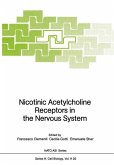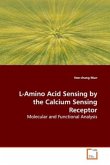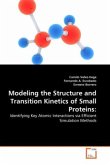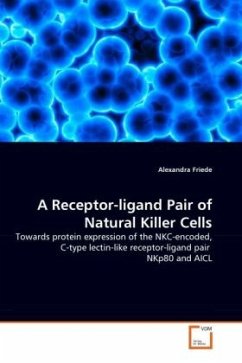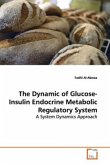The nicotinic acetylcholine receptor (AChR) is a
pentameric ligand-gated ion channel that can switch
between ion-impermeable (closed) and ion-permeable
(open) conformations. The transition state structures
that link the closed and open states are largely
unresolved. In this study, I used single-molecule
kinetic analysis and rate-equilibrium linear free
energy relationships (REFERs) to obtain information
about the transition state of the gating reaction and
elucidate the sequence of molecular events between
the closed and open conformational states. REFER
analyses of 87 mutants in the M4 transmembrane
segments indicate that the M4 segment moves as
single domain and in the middle of the gating
reaction, with both subunits moving synchronously.
Between the subunits, the sequence of M4 motions is . In the pore-lining M2 segments, I show that
the two -subunits experience distinct energy
barriers to gating at the equator and that the
subunit motions in this region are asymmetric with
regard to their reaction progress in the AChR gating
conformational 'wave'. Future experiments involving a
more extensive REFER analysis will provide finer
details of this ion channel nanomachine.
pentameric ligand-gated ion channel that can switch
between ion-impermeable (closed) and ion-permeable
(open) conformations. The transition state structures
that link the closed and open states are largely
unresolved. In this study, I used single-molecule
kinetic analysis and rate-equilibrium linear free
energy relationships (REFERs) to obtain information
about the transition state of the gating reaction and
elucidate the sequence of molecular events between
the closed and open conformational states. REFER
analyses of 87 mutants in the M4 transmembrane
segments indicate that the M4 segment moves as
single domain and in the middle of the gating
reaction, with both subunits moving synchronously.
Between the subunits, the sequence of M4 motions is . In the pore-lining M2 segments, I show that
the two -subunits experience distinct energy
barriers to gating at the equator and that the
subunit motions in this region are asymmetric with
regard to their reaction progress in the AChR gating
conformational 'wave'. Future experiments involving a
more extensive REFER analysis will provide finer
details of this ion channel nanomachine.


